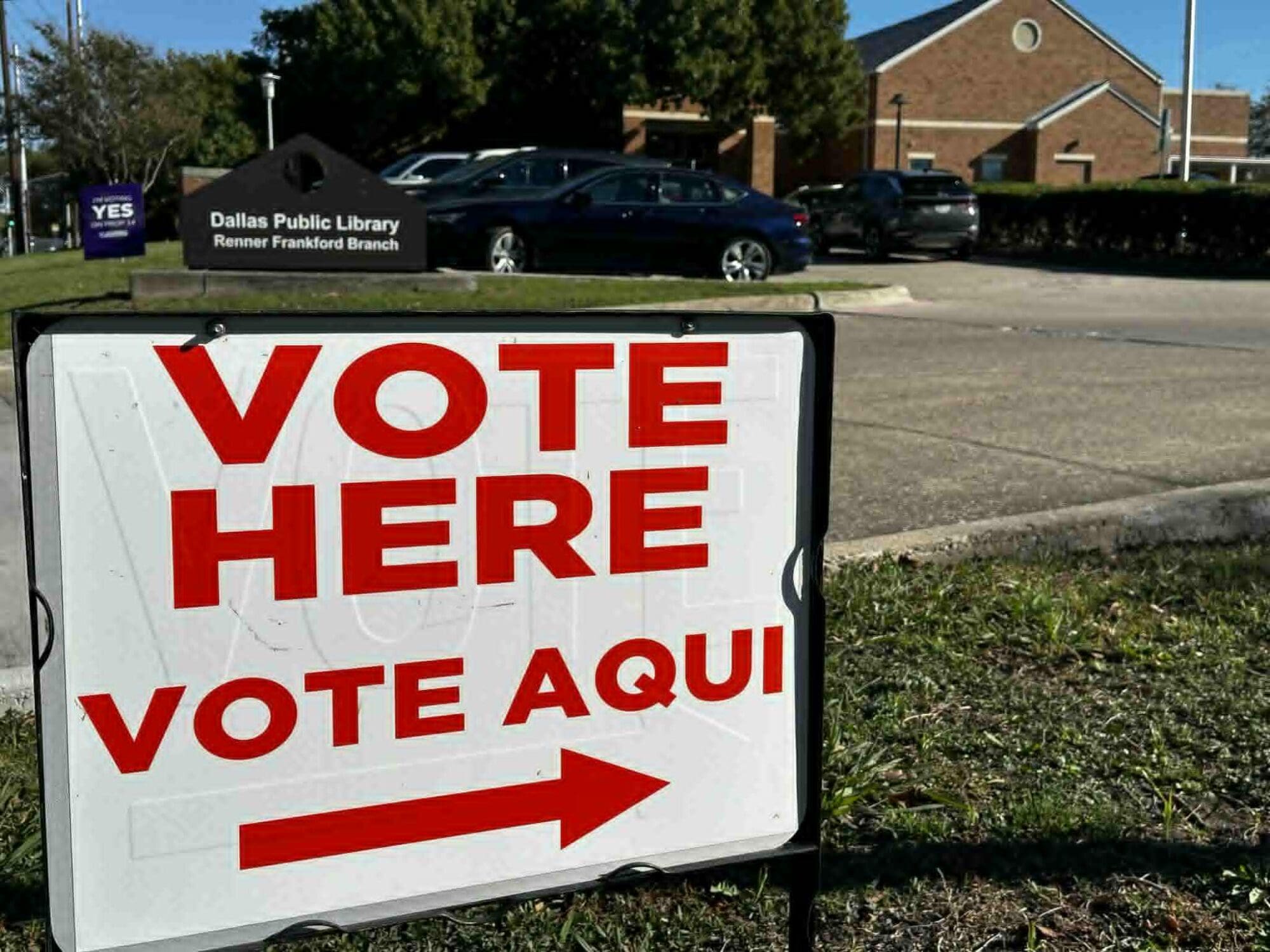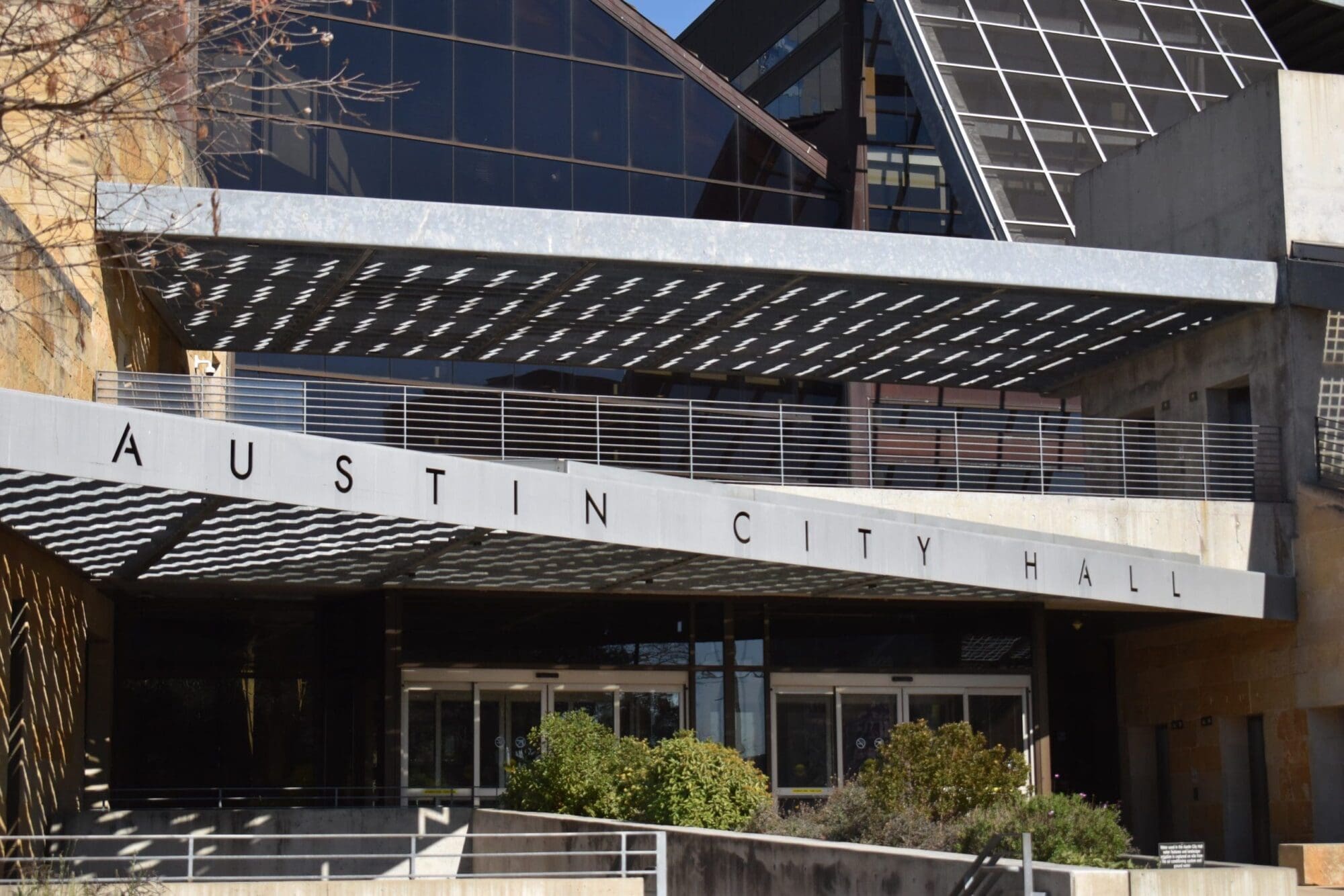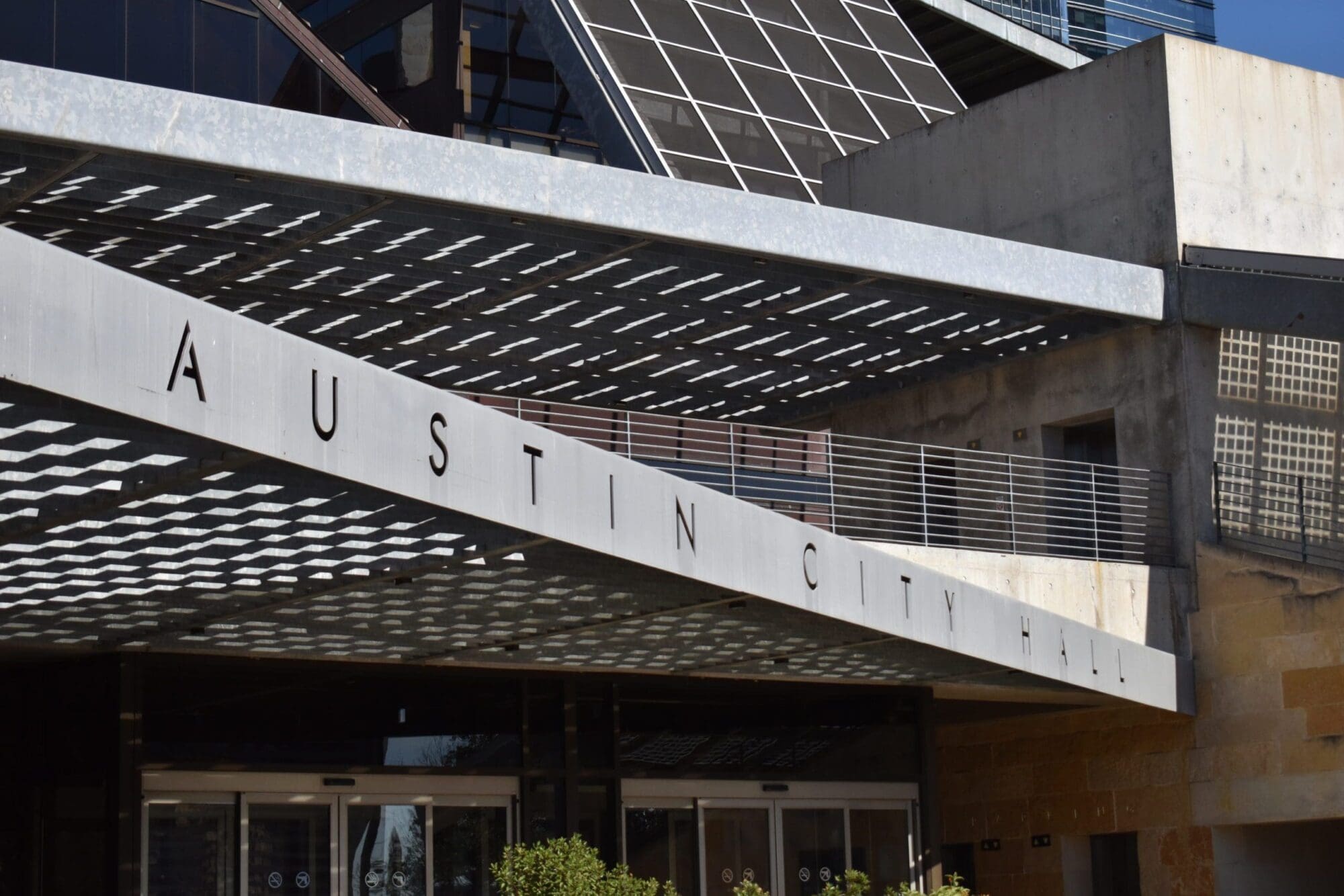Loving County, the least-populated county in the United States, provides a good snapshot of taxing behavior in other counties around Texas.
Texas Scorecard has conducted an exhaustive review of average taxable values and rate fluctuations for every county in the state to find trends. Usually, there is a smattering of status quo-keeping behavior along with a few outliers.
For more populous counties, there is also an assortment of bonds and taxpayer-funded lobbyists, but for the most part, the patterns are repetitive, like waves breaking on the shore.
To analyze taxing behavior over time, data from Loving Central Appraisal District was used to create average taxable values of single-family homes in 2019, 2021, and 2022. These values were multiplied by the property tax rates to provide an average property tax bill for single-family homes.
While the county itself held its tax rate steady, its Water Improvement District #1 (WID#1) saw a massive shift, first escalating and then easing the burden on property owners.
In 2021, the Loving County WID#1 levied a tax rate of $0.638 per $100 valuation, significantly higher than the 2019 benchmark. This decision resulted in an average tax bill of $373, based on an average taxable property value of around $58,395.
Just a year later, the district dramatically reduced its rate to $0.241, bringing the average tax bill down to $141—a 54 percent decrease.
Meanwhile, the other two taxing entities in the county—there are only three—had steadier taxing approaches. Wink-Loving Independent School District, the only school district in the county, raised its rate from $0.9395 to $1.0345, leading to an increase in average tax bills from $147 to $176.
The county government maintained a relatively stable rate of $0.3546 per $100 valuation, with only minor changes in average tax bills tied to rising property values.
With fewer than 70 residents, Loving County relies heavily on its oil and gas industries for taxable value. According to the St. Louis Fed, the county has the highest per capita income in the state, at $223,419. That’s $50,000 more than the runner-up, Sherman County.
From now until tax day in 2025, Texas Scorecard will report on counties across the state, highlighting local officials working to lighten, or at the very least not add to, property taxpayers’ burdens.
Conversely, public servants who have added to taxpayers’ already burdensome load will also come under scrutiny.
No ads. No paywalls. No government grants. No corporate masters.
Just real news for real Texans.
Support Texas Scorecard to keep it that way!





